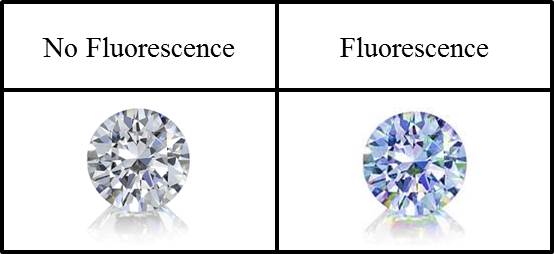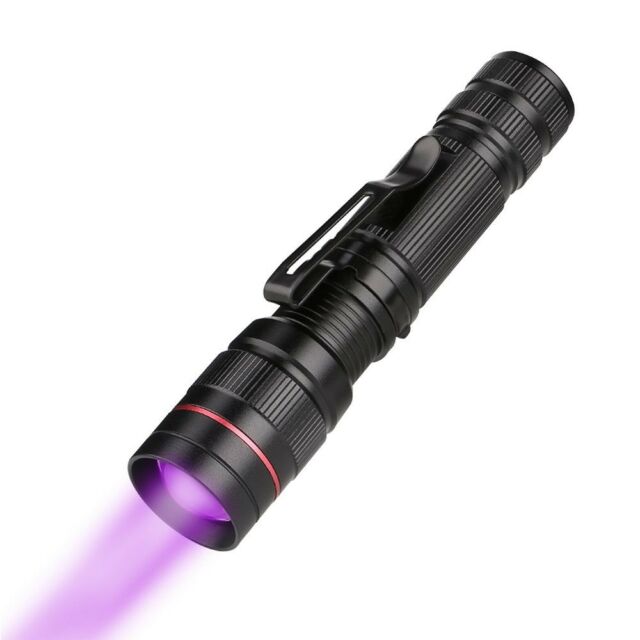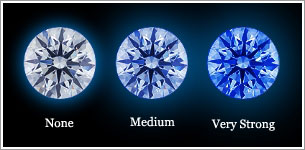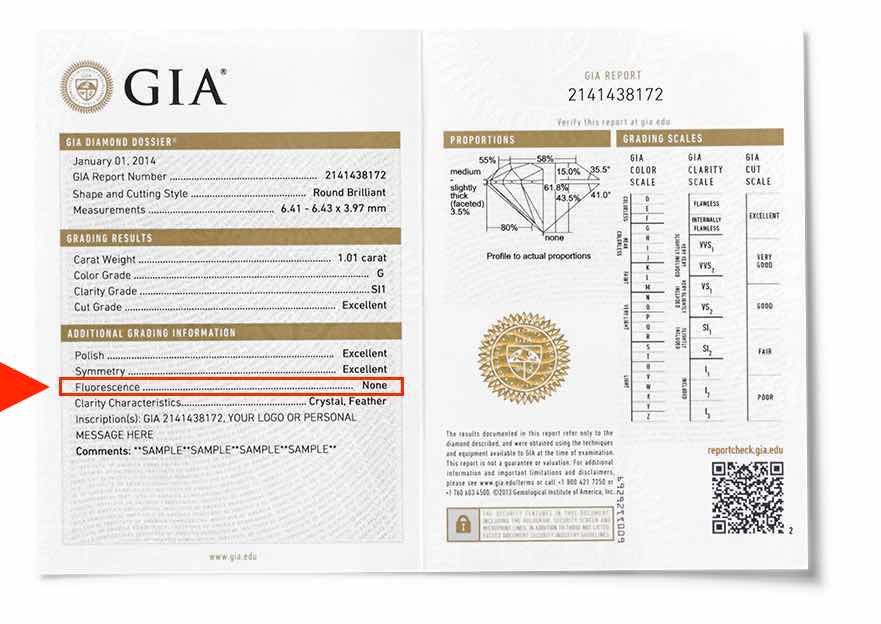Diamond Fluorescence: Good or Bad? [Buying Guide]
Diamond fluorescence is another key factor, outside the 4Cs of diamonds, that affects the beauty and value of the diamond you wear.

If you're passionate about diamonds, you’re probably already familiar with the importance of the 4Cs: Carat, Color, Clarity, and Cut.
It’s great if you’ve already mastered these essentials.
However, if you’re reading this article, you’re a step ahead because we’re about to share insights on diamond fluorescence. You may have come across the term “Non Flu” (short for non-fluorescence), but may still be wondering what it really means.
While most buyers focus on Carat, Color, Clarity (from IF to SI), and Cut (3EX), only a few and the true experts recognize how important fluorescence is. It’s a major factor that influences both the beauty and price of a diamond.
Let’s dive in…
What is Diamond Fluorescence?


Diamond fluorescence refers to the reaction a diamond has when exposed to UV light.
In simple terms, UV light is what makes your teeth look whiter under a blacklight or causes posters to glow in the dark.
That doesn’t mean diamonds with fluorescence will always appear white. In fact, most fluorescent diamonds (99 out of 100) reflect a blue light.
Now, let’s take a look at how the GIA reports fluorescence in diamonds.
GIA Diamond Fluorescence Grading
Fluorescence Grades:
- None This means no fluorescence and is usually associated with the highest value.
- Faint Blue May reduce the diamond’s value by 2-5%.
- Medium Blue May reduce the value by 5-10%.
- Strong Blue May reduce the value by 10-15%.
- Very Strong Blue May reduce the value by 15-20%.
In short, diamonds with visible fluorescence often have a lower price compared to diamonds with no fluorescence.
How to Check If Your Diamond Has Fluorescence
If you don’t have a diamond report, you may not immediately know whether your diamond has fluorescence. We suggest these simple methods to find out:
1. Does the Diamond Appear Cloudy? First, ensure your diamond is clean, as cloudiness caused by grease and cloudiness caused by fluorescence are very different. Diamonds with fluorescence, even with high color grades, may look cloudy and less brilliant when viewed up close.
2. Rotate Your Diamond Under White Light


Turn your diamond under white light (such as a lamp) and find the position where it shines brightest. If your diamond has fluorescence, you might see a faint blue glow from its facets. This method requires a sharp eye, so it’s generally used by experienced professionals.
3. Use a UV Blacklight


Using a UV blacklight is the easiest method, especially for beginners. Just like how bankers use blacklight to check for counterfeit banknotes, you can use the same tool to detect fluorescence in a diamond.
The more fluorescence your diamond has, the stronger the blue light emitted from it under UV. If the diamond has no fluorescence, it will appear dark under the blacklight.


For accuracy, we recommend using a tool with a real glass lens for better durability and clarity, such as this → Fluorescent Agent Detection UV 395nm
4. Check the Diamond Certificate
This is perhaps the easiest method for buyers who prefer convenience. Both GIA and HRD diamond reports clearly indicate whether a diamond has fluorescence.
If you’ve lost your report but have the diamond’s serial number, don’t worry. Today’s technology allows you to easily look up the diamond’s details online using the serial number.
- GIA will list non-fluorescent diamonds as: Fluorescence: None.


- HRD will list it as: Fluorescence: Nil.


If you’ve lost your report but have the diamond’s serial number, don’t worry. Today’s technology allows you to easily look up the diamond’s details online using the serial number.
- GIA: https://www.gia.edu/report-check-landing
- HRD: https://my.hrdantwerp.com/
- IGI: https://www.igi.org/en
The Pros of Diamond Fluorescence
Fluorescence can be an excellent choice if you’re on a budget, as diamonds with fluorescence are often more affordable, making it easier for you to buy a larger diamond at a lower price.
In some cases, fluorescence can even make a slightly lower color grade diamond, such as J Color, appear whiter, giving it the appearance of an I Color diamond.
The Cons of Diamond Fluorescence
Diamonds with strong fluorescence may have a noticeable blue tint. In cases where the fluorescence is "Very Strong," it can alter the diamond’s overall color.
It’s worth noting that many diamond enthusiasts generally prefer diamonds without fluorescence, but this is entirely subjective.
Conclusion: Diamond Fluorescence – A Personal Preference
In reality, if you compare two diamonds with the same GIA report specs but notice a price difference, it’s likely due to the fluorescence factor.
Whether or not you prefer a diamond with fluorescence is up to you. It depends on how much emphasis you place on this characteristic. The GIA has confirmed that fluorescence does not impact a diamond’s durability or hardness in any way.
In the end, a diamond’s beauty should be evaluated based on all its aspects—no single factor should dominate the decision.
If you have more questions about diamond fluorescence, feel free to contact us.